Updates
Relief and recovery for animals and people in Myanmar
Read more20 of the most endangered animals in North America
In Asia, South America, Europe, and beyond, wild animals are under threat from human activity and climate change. It’s no different in North America, where more than one third of US wildlife is at risk of extinction.
We need to protect every animal species because every animal—from the largest predators to the smallest insects—plays an essential part in its ecosystem. The loss of just one species has a significant impact on countless others.
Here, we’re looking at the 20 most endangered animals in North America and the unique threats that each species faces.
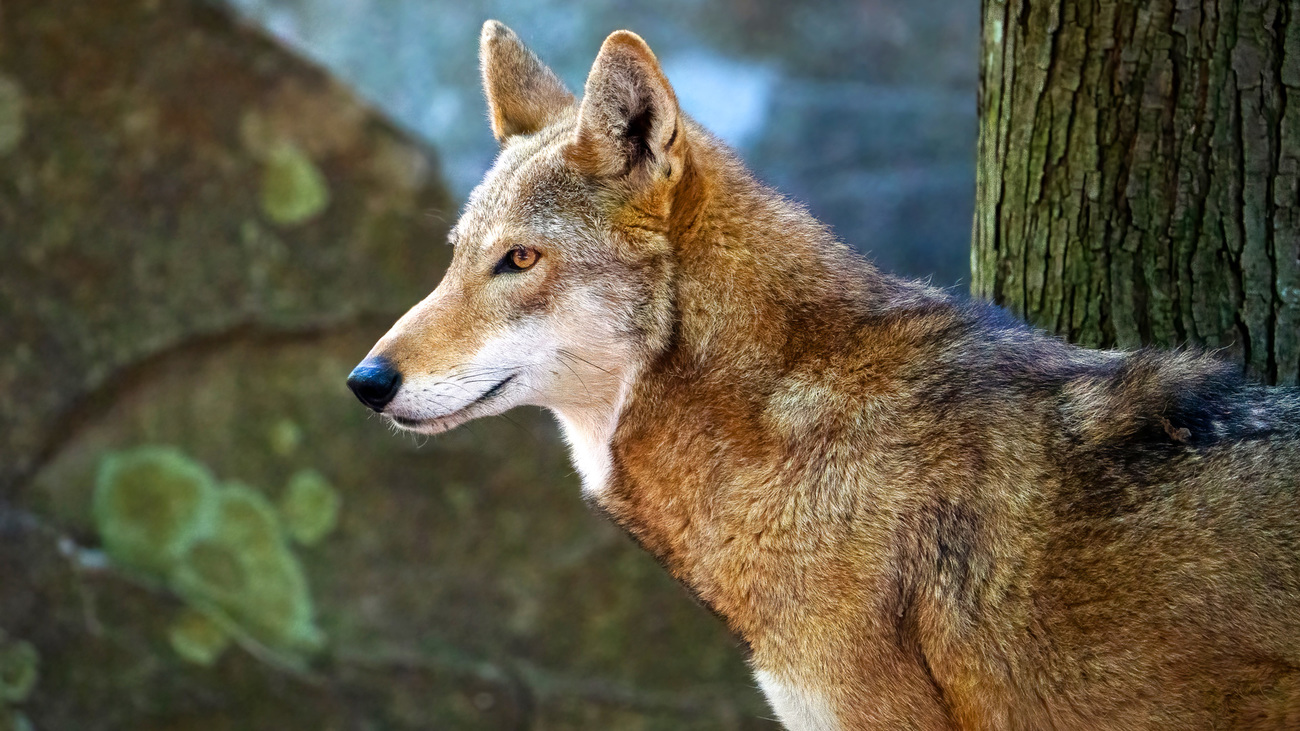
Red wolves (Canis rufus) are part of the dog family. They’re smaller than grey wolves but bigger than coyotes. As their name suggests, red wolves have tawny, red-grey coats.
Red wolves used to live throughout the eastern and southern US. They now live solely in North Carolina. They can thrive in various habitats, including forests, swamps, and coastal prairies, where they hunt white-tailed deer, racoons, rabbits, and other small mammals.
Red wolves were declared extinct in the wild in 1980 but were reintroduced to North Carolina in 1987. The International Union for Conservation of Nature (IUCN) now categorises red wolves as critically endangered.
Their population is currently decreasing, with just 20-30 mature individuals left in the wild.
Red wolves face several threats, including hybridisation with coyotes. Illegal killing of red wolves also continues, particularly when wolves come into conflict with landowners.
The axolotl (Ambystoma mexicanum) is a unique-looking amphibian creature with feathery gills, webbed feet, a dorsal fin, and a mouth curved upwards into a permanent smile.
Axolotls are salamanders that never grow out of the larval phase. Instead, they continue to live in water and, unlike other amphibians, never make the transition to land.
Axolotls grow to be just 25 centimetres (10 inches) long. They eat crustaceans, insect eggs, molluscs, and small fish. In the wild, their colouring is mostly grey-brown.
This animal is only found in Lake Xochimilco, a water system made up of canals, small lakes, and wetlands in Mexico City.
The IUCN categorises axolotls as critically endangered, with a decreasing population. Despite improvements in recent years, pollution and draining of their habitat (to reduce flood risk) continue to threaten their survival.
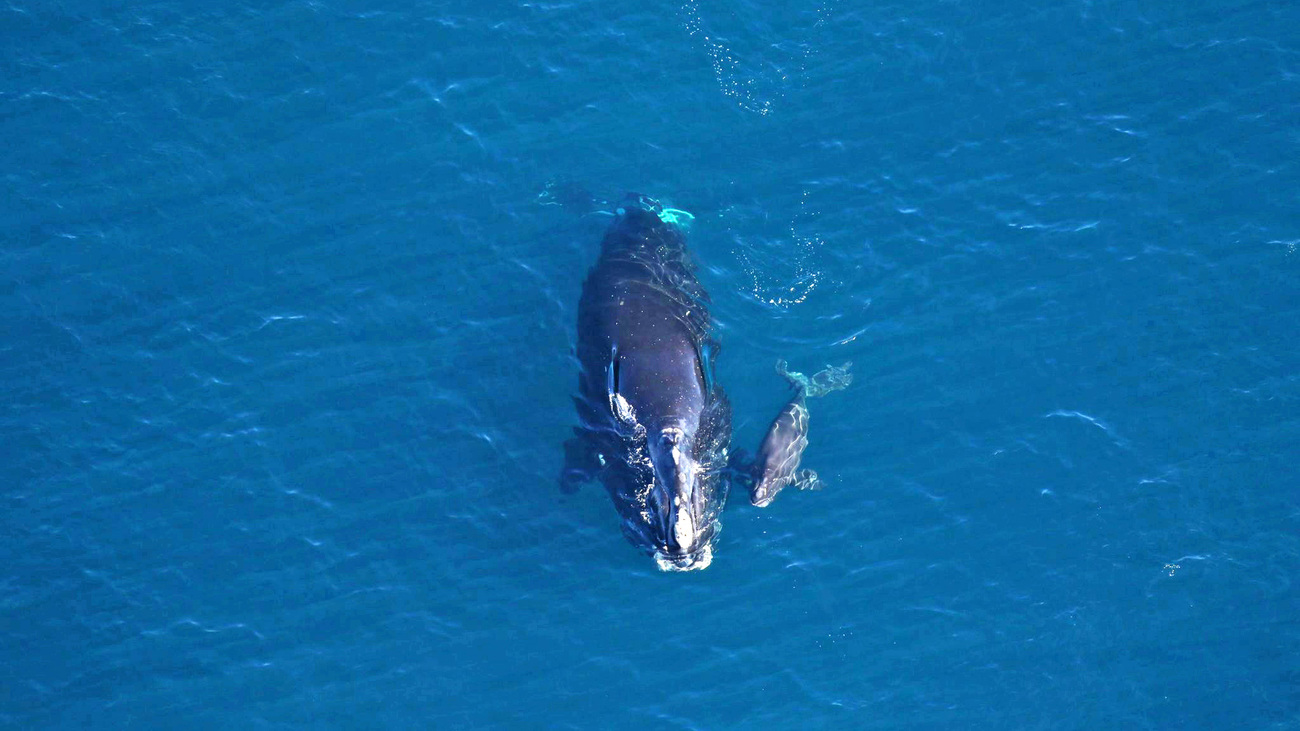
The North Atlantic right whale (Eubalaena glacialis) is a huge, slow-swimming baleen whale. It can grow up to 18.5 metres (60 feet) long and weigh 106,000 kilograms (233,690 pounds).
These whales live in the Atlantic Ocean, swimming in deep waters when searching for food and moving to shallower areas when calving. They feed on zooplankton, krill, and other small crustaceans.
The IUCN categorises North Atlantic right whales as critically endangered, and their population is decreasing. Since 2010, their numbers have declined by nearly 29%.
According to estimates, only around 350 North Atlantic right whales are left, with just 70 females capable of reproduction.
Key threats to North Atlantic right whales include vessel strikes and entanglement in fishing gear. Whales are coming into contact with humans and fishing activity more regularly because climate change has shifted their usual habitats, increasing the danger members of the species face.
The Bolson tortoise (Gopherus flavomarginatus) is the world’s largest land reptile. It can grow to 40 centimetres (5.75 inches), with females growing larger than males. The Bolson tortoise lives in a small area of grassland in Mexico and grazes on grasses and other plants.
This species of tortoise spends most of its time in an underground burrow that it digs with its front feet. These burrows are around 2.5 metres (8 feet) deep and 10 metres (32 feet) long and help protect the tortoises from predators and extreme temperatures.
The IUCN classifies the Bolson tortoise as critically endangered. There are around 2,500 mature individuals left, and their population is decreasing. Habitat degradation and overgrazing by cattle impact the grassland habitat where the Bolson tortoise lives, further threatening this species.
The Mojave Desert tortoise (Gopherus agassizii) has survived in the Mojave Desert for millions of years. These medium-sized tortoises measure 23-28 centimetres (9-15 inches) and weigh 3.5-7 kilograms (8-15 pounds) as adults.
Mojave Desert tortoises are herbivores that feed on grasses, wildflowers, herbs, shrubs, and even cacti. They spend much of the year in hibernation, retreating to underground burrows to avoid the extreme temperatures of the desert.
The IUCN lists the Mojave Desert tortoise as critically endangered. Their population is severely fragmented, and numbers have decreased by 90% since 1950.
Human activity is largely to blame for the decline of the Mojave Desert tortoise. Towns, cities, and roads are breaking up and encroaching on the tortoise’s desert habitat. Additionally, invasive grasses are outcompeting the native plants that the Mojave Desert tortoise likes to eat, threatening their food sources.
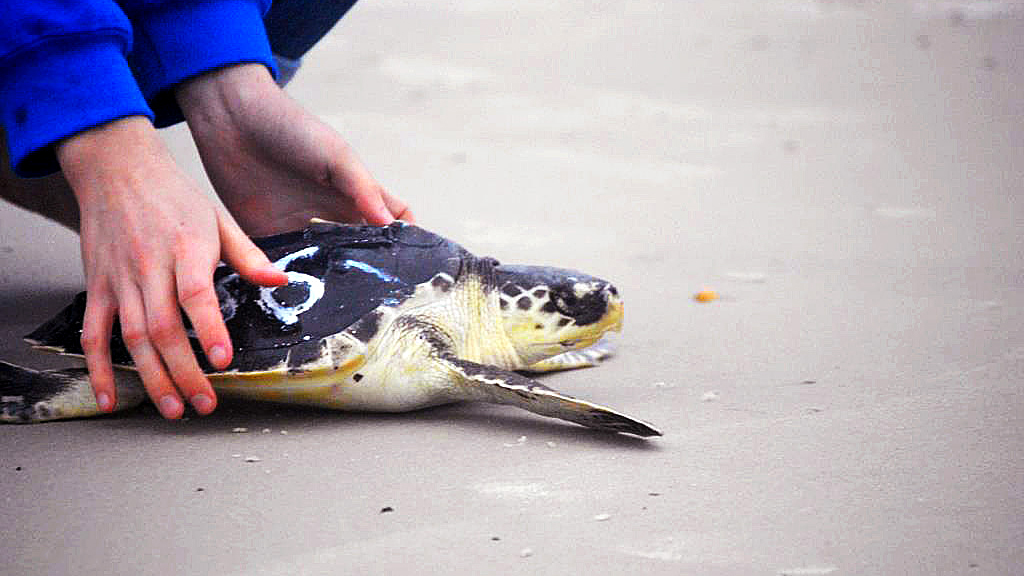
Kemp’s Ridley sea turtle (Lepidochelys kempii) is the world’s smallest sea turtle. Their shells typically measure up to 60 centimetres (2 feet) in diameter and weigh up to 45 kilograms (100 pounds). They can live to be 50 years old.
In North America, most of these turtles live in the Gulf of Mexico, but you can find them as far north as Nova Scotia.
Kemp’s Ridley sea turtles are migratory and can travel hundreds of miles when it’s time to lay their eggs. Females travel to the same beach where they hatched decades ago. There, they participate in a nesting procession called an arribada. They drag their bodies across the beach in large groups, searching for the perfect place to lay their eggs.
The IUCN lists Kemp’s Ridley sea turtle as critically endangered. The biggest threat to their survival is fishing activity. The turtles get accidentally caught by fishing boats, which can lead to drowning or fatal injuries.
Rice’s whale (Balaenoptera ricei) lives in the Gulf of Mexico. They can grow up to 12.5 metres (41 feet) long and weigh up to 27,200 kilograms (60,000 pounds).
These baleen whales dive to the bottom of the sea during the day and spend the night within 15 metres (50 feet) of the surface.
The IUCN lists Rice’s whale as critically endangered. There are only 26 individuals left, and their population is decreasing, making this one of the most endangered whales in the world.
These whales are most at risk from ship strikes and entanglement in fishing gear. The 2010 Deepwater Horizon oil spill affected Rice’s whale’s habitat, too. Around 48% of the population was exposed to oil, causing reproductive failure and ill health.
The Hot Creek toad (Anaxyrus monfontanus) is a toad species that was only discovered in 2017. It has olive-grey colouring and lives in Nevada’s Great Basin in the Hot Creek Mountain Range. This area of marshy habitat is fed by hot springs and surrounded by a high-altitude desert, which may help to explain why these toads are confined to such a small and remote habitat.
Because we haven’t known about the Hot Creek toad for long, we don’t know much about its behaviour or what conditions it needs for survival. The number of Hot Creek toads in the wild is also unknown, but the IUCN categorises the species as critically endangered.
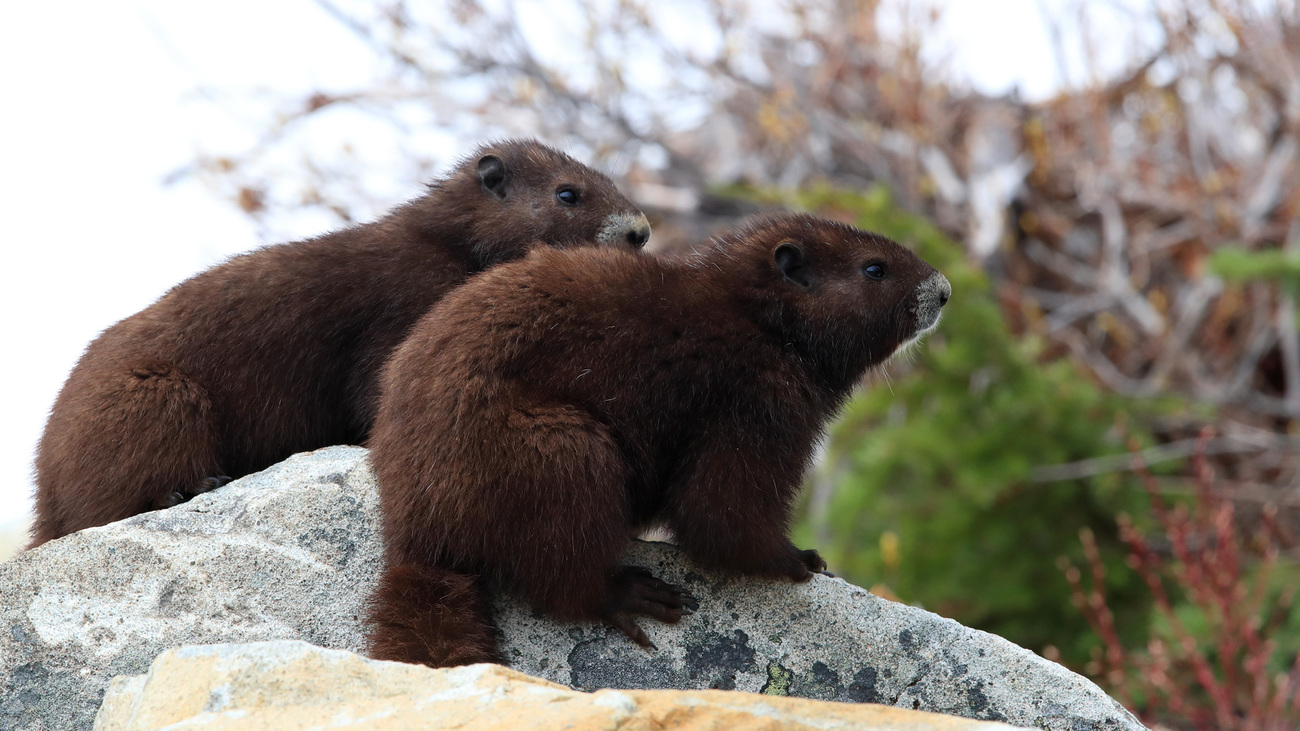
The Vancouver Island marmot (Marmota vancouverensis) lives in the forest, grassland, and rocky mountain habitat of Canada’s Vancouver Island.
They are dark brown with white patches on their noses, their bellies, and the tops of their heads. They have brown, bushy tails.
This species is quite large compared to other marmots and rodents. They tend to be around 62-72 centimetres (just over 2 feet) long and weigh 3.5-5.5 kilograms (7-12 pounds). They lose weight during winter hibernation and put it back on in the spring and summer.
The IUCN categorises the Vancouver Island marmot as critically endangered. There are just 90 mature individuals left in the wild.
These marmots are particularly at risk from predators like cougars and eagles. Human activity, like logging, is clearing the marmot’s natural habitat and making it easier for predators to reach them.
The California condor (Gymnogyps californianus) is a carnivorous scavenger bird. It feeds on the carcasses of large mammals, like cattle and deer.
California condors are the largest flying birds in North America, with wingspans of 2.75-3 metres (9-10 feet). They are mainly found in the central southern California deserts, but California condors also live in Arizona, Utah, and Mexico.
The IUCN classifies California condors as critically endangered. There are thought to bejust 93 mature individuals in the wild.
California condors are at risk of lead poisoning from lead bullets in the carcasses they eat. Lead ammunition was banned in California in 2019, hopefully reducing the threat to the California condor population over time.
The flattened musk turtle (Sternotherus depressus) gets its name from the shape of its shell, which is flatter than that of most other turtles. Their shells range in colour from dark brown to yellow-brown.
These small turtles have shells that measure, at most, 11 centimetres (4.3 inches). They are only found in Alabama.
This freshwater turtle prefers to live in free-flowing creeks or small rivers with vegetation in the shallows and lots of rock coverage. They eat molluscs and aquatic insects.
The IUCN lists the flattened musk turtle as critically endangered with a decreasing population. These turtles are threatened by habitat degradation. Pollution and silt are damaging the waterways where flattened musk turtles live.
The ivory-billed woodpecker (Campephilus principalis) has distinctive black and white colouring and yellow eyes. Male ivory-billed woodpeckers have a red crest, making them easily distinguishable from females.
These birds live in forest and swamp habitats, feeding on deadwood insects. The ivory-billed woodpecker is the largest woodpecker in the US, with an estimated wingspan of 76 to 80 centimetres (30 to 31 inches).
Unfortunately, the ivory-billed woodpecker may already be extinct. There has been no concrete evidence of its existence since 1987. These birds prefer to live in undisturbed areas with many trees, but logging and land clearing for farming have impacted their habitat, leading to their decline.
However, some researchers and birdwatchers say they have seen evidence of these birds in recent years. For now, the ivory-billed woodpecker is classed as critically endangered.
The dusky gopher frog (Lithobates sevosus) lives in the forests and wetlands of Mississippi. It’s a black, grey, and brown frog with a warty back and a white-yellow underbelly.
Dusky gopher frogs spend most of their time underground in burrows dug by gopher tortoises and other animals. At night, they venture out to feed on insects and other small animals. In the winter, they travel to temporary ponds to breed.
Male dusky gopher frogs make a loud snoring sound that can be heard up to half a kilometre (0.3 miles) away. All dusky gopher frogs defend themselves by inflating their bodies and excreting a bitter fluid from the warty glands on their backs.
The IUCN categorises the dusky gopher frog as critically endangered. Dusky gopher frogs live in longleaf pine forests, but 99% of America’s longleaf pine forests have been destroyed through land management and urbanisation, the two major threats to this species.
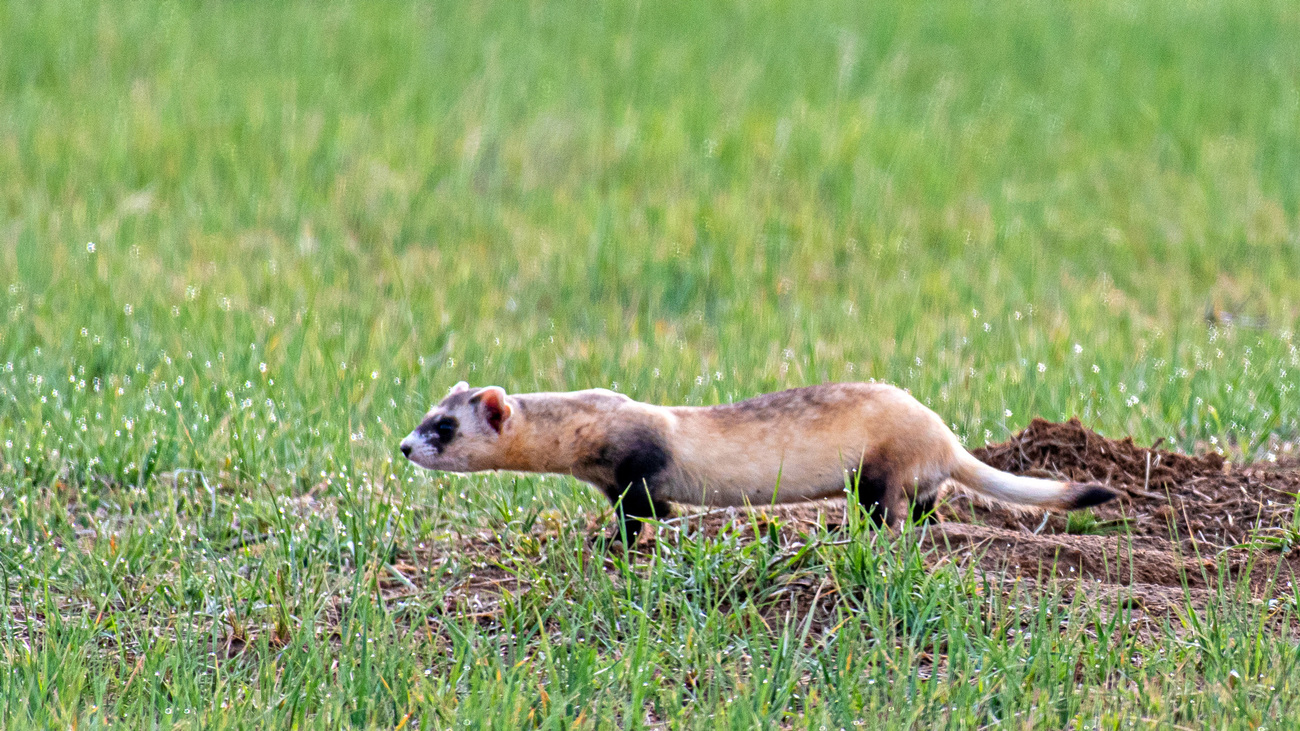
The black-footed ferret (Mustela nigripes) is a carnivorous mammal and the only ferret species native to the Americas. They live in shrubland and grassland and have self-sustaining populations in South Dakota, Wyoming, and Arizona.
These animals have light-coloured fur with black feet, a black bandit-style facemask, and a black-tipped tail. Their long, slender bodies can measure up to 63 centimetres (25 inches) from head to tail.
The black-footed ferret’s main prey is prairie dogs. During the 20th century, farmers and ranchers were allowed to kill prairie dogs because of the damage their burrows did to their fields—nearly wiping out the black-footed ferret population in the process.
The IUCN classifies the black-footed ferret as endangered. Their numbers are decreasing, and there are thought to be only 206 mature individuals left in the wild.
Hickory Nut Gorge green salamanders (Aneides caryaensis) are named after the only place they live—Hickory Nut Gorge in the Blue Ridge Mountains of North Carolina. Here, they nest in the hollows and crevices of rocky outcrops.
This small salamander measures just 55 millimetres (2 inches) long. It has a dark brown-black colour with patches of bright green-yellow. This colouring acts as camouflage among the moss and lichen of this 22-kilometre (14-mile) long canyon.
The IUCN categorises the Hickory Nut Gorge green salamander as critically endangered with just 249 mature individuals remaining—and their population is decreasing. Habit loss and fragmentation due to tourism and real estate development are the main threats to the Hickory Nut Gorge green salamander.
One of the smallest turtle species in the world, bog turtles (Glyptemys muhlenbergii) measure only 11.5 centimetres (4.5 inches) long. Bog turtles are mostly dark brown but have a bright orange-yellow patch on each side of their head.
These semi-aquatic creatures live in shallow wetland regions. They like areas that aren’t too densely forested, because the plants they like to eat need plenty of sunlight to grow.
There are two main populations of bog turtles. One population is found throughout Connecticut, Delaware, Maryland, Massachusetts, New Jersey, New York, and Pennsylvania. The other population lives throughout Georgia, North Carolina, South Carolina, Tennessee, and Virginia.
The IUCN classifies the bog turtle as critically endangered, with an unknown number of bog turtles remaining in the wild. Fragmentation of their habitat plus the effect of agriculture on the quality of wetlands are significant threats to the bog turtle.
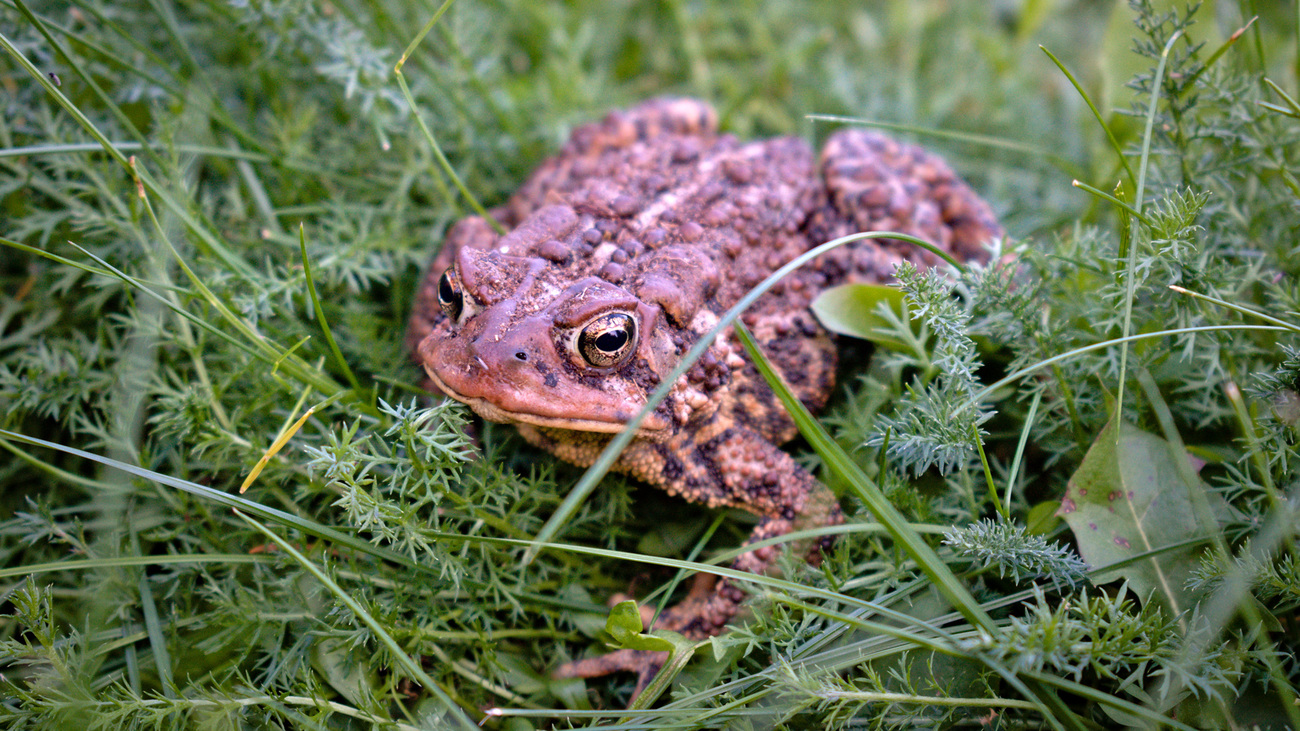
The Houston toad (Anaxyrus houstonensis) measures just 5 to 9 centimetres (2 to 3.5 inches). It has dark brown, speckled colouring and a pale, dark-spotted underbelly.
These toads live exclusively in east to central Texas, mainly in upland pine forests or oak forests with deep, sandy soils.
According to the IUCN, the Houston toad is critically endangered, with between 85 and 249 mature individuals left in the wild. The Houston toad population is decreasing.
They’re losing their space to urbanisation and road construction, which destroy and fragment habitats, making it harder for toads to move around and breed. Road construction through Houston toad habitats also increases the likelihood of vehicles killing toads. Houston toads also face predation from fire ants that feed on baby toads as they leave their breeding pond.
The Laysan duck (Anas laysanensis) measures up to 43.2 centimetres (17 inches) long and weighs up to 500 grams (17.6 ounces). It is primarily chocolate-brown in colour with a distinctive white ring around each eye.
It lives on Laysan Island in Hawaii, where it takes shelter in vegetation during the day and comes out to feed at night. The Laysan duck likes to eat insects, larvae, seeds, leaves, and algae.
The Laysan duck is considered critically endangered due to several threats. Historically, the introduction of rabbits to Laysan Island led to a loss of vegetation, degrading the Laysan duck’s habitat and causing population decline. Disease and invasive plant species are also affecting the Laysan duck’s survival.
The Georgetown salamander (Eurycea naufragia) lives in gravel and under rocks in caves and freshwater springs. It’s found in the San Gabriel River in central Texas.
This salamander was only discovered and described in 2000, so we don’t know much about it. However, we do know that they’re very sensitive to water quality and tend to be found near spring outflow.
The IUCN lists the Georgetown salamander as critically endangered. Their numbers are decreasing, and their habitat is being destroyed by development.
The Coahuilan box turtle (Terrapene coahuila) is an aquatic box turtle that lives in the Cuatro Ciénegas basin of central Coahuila, Mexico. It lives in ponds and wetlands and buries itself in mud to stabilise its body temperature.
Their shells measure up to 16.8 centimetres (around 6.5 inches) in diameter, and adults weigh an average of 568 grams (20 ounces). The Coahuilan box turtle is an omnivore. It usually eats aquatic insects, algae, and mushrooms, but has also been known to eat spiders, fish, and crustaceans.
The IUCN classifies the Coahuilan box turtle as endangered. Its numbers are decreasing, and it is threatened by human activity in its habitat, including canal digging and groundwater pumping.
These animals are just the tip of the iceberg. There are many more species in North America at risk of extinction. To ensure their survival and protect vital ecosystems, we need to do all we can to help them.
At IFAW, we work to rescue, rehabilitate, and release endangered animals while restoring and protecting their natural habitats.
We work with local communities, governments, non-governmental organisations, and businesses to find new ways for animals and humans to peacefully coexist. But we can’t do any of this without your support.
Together, we can protect endangered species in North America and around the globe.
Every problem has a solution, every solution needs support.
The problems we face are urgent, complicated, and resistant to change. Real solutions demand creativity, hard work and involvement from people like you.
Unfortunately, the browser you use is outdated and does not allow you to display the site correctly. Please install any of the modern browsers, for example:
Google Chrome Firefox Safari